The Criteria
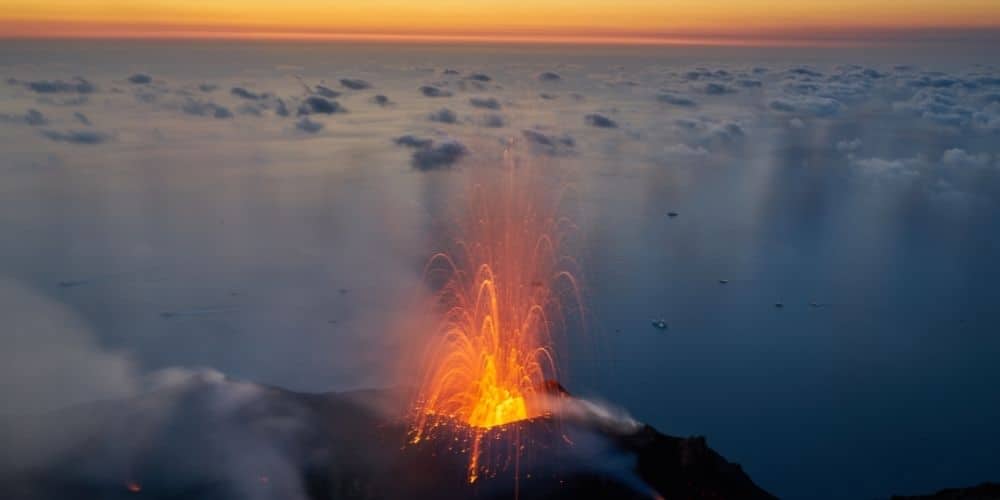
The Seven Islands
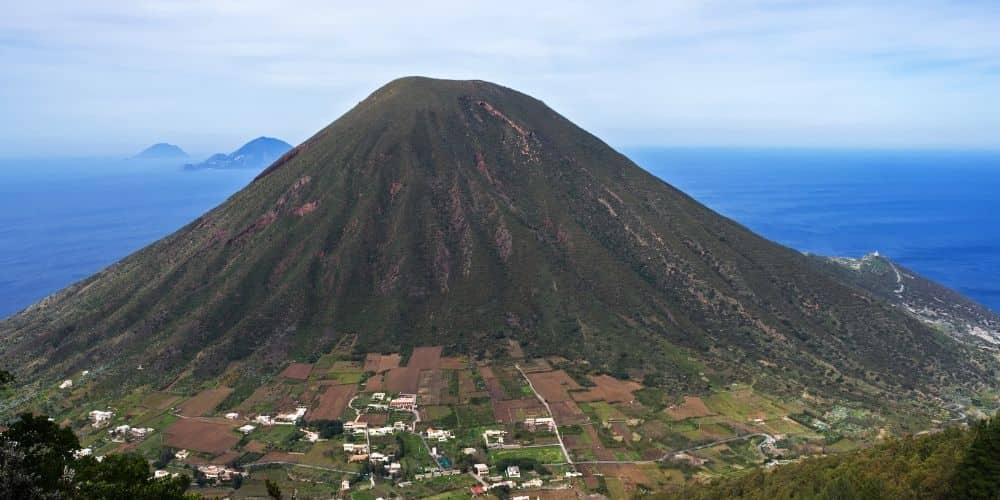
Lipari, Vulcano, Salina, Stromboli, Filicudi, Alicudi, Panarea: these are the seven Aeolian islands that rise like precious treasures from the waters in the North-East of Sicily, in the Southern Tyrrhenian Sea; let's not forget also the five minor islets Basiluzzo, Dattilo, Lisca Nera, Bottaro, and Lisca Bianca, near Panarea. They are all islands of volcanic origin and in some of them, the activity of the active craters with the action of the sea and the wind shapes them constantly. The Aeolian Islands have a particular identity because they are the peaks of a submarine chain of reliefs, that is, they are the visible part of the submerged mountain group that follows a linear development of about 87 km, from the most north-eastern point (the island of Stromboli) to the most western point (the island of Alicudi), and that extends in depth to the west with other submerged volcanoes.
The Aeolian Islands have an extraordinary habitat dominated by nature. The flora and fauna represent a treasure that these islands enclose and preserve thanks to the attention and care of the islanders. There are about 900 species of plants, mostly typical of the Mediterranean (including four endemic species, ie exclusive of the Aeolian Islands). As for the fauna, there are about 40 species of birds, among which are of particular interest the migratory species. The whole world envies these magical places surrounded by crystal clear sea and rocky cliffs with intense colors made even more vivid by the typical and unique volcanic formations. Colors, flavors, smells, the Aeolian as well as being historically relevant, have also become a symbol of various types of tourism, from the mundane to the adventurous.
FILICUDI and ALICUDI
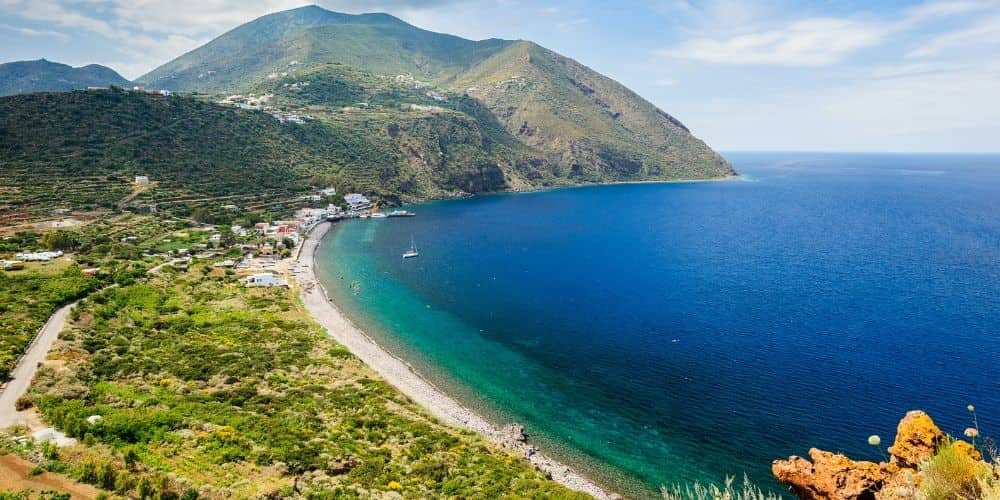
Alicudi is even more "mystical" and inaccessible since docking has recently been facilitated by the landing of Palomba. Enchanting the contrast between the land and the blue sea that surrounds it.
VULCANO
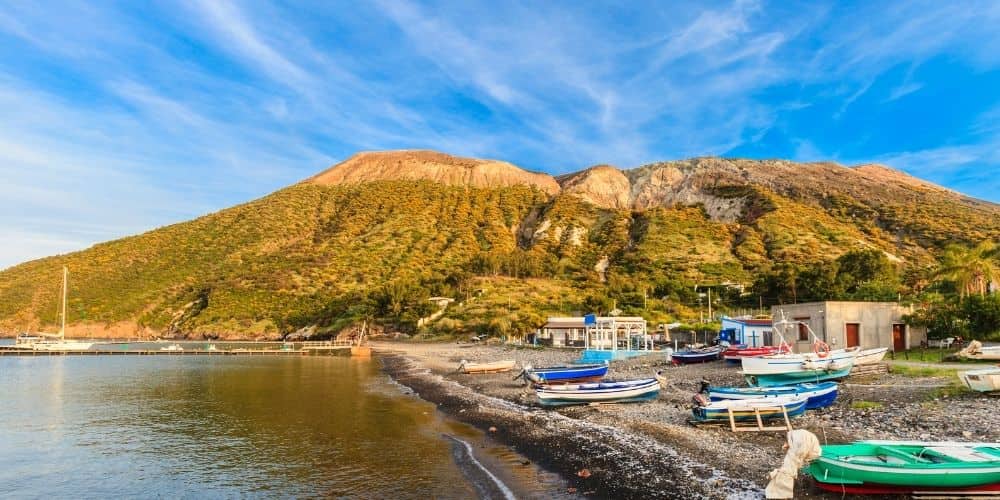
STROMBOLI
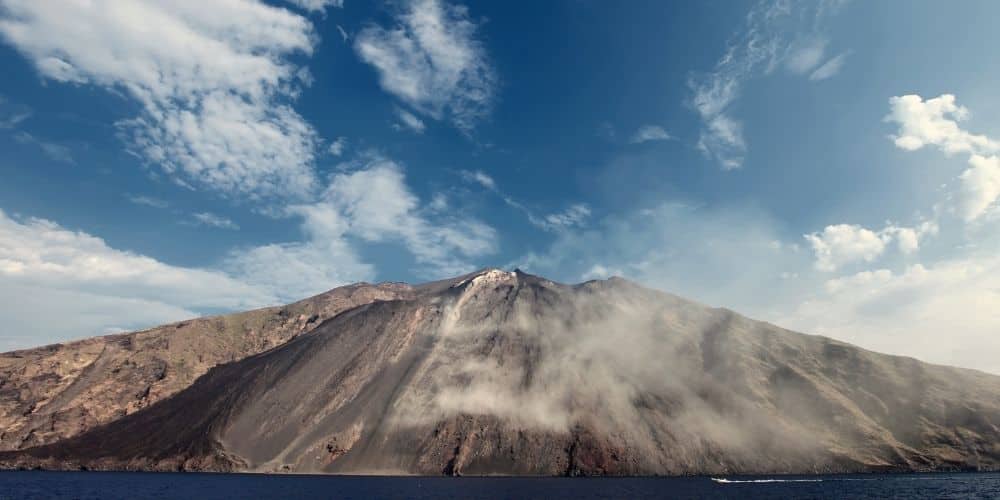
LIPARI, PANAREA and SALINA
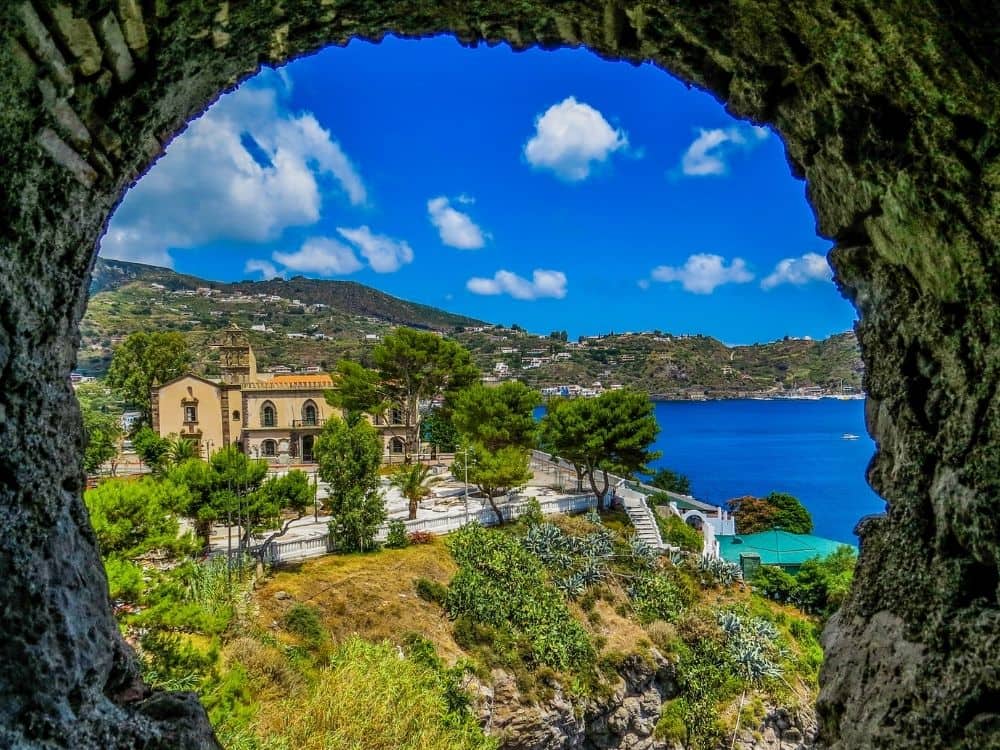
Panarea is the smallest of the archipelago (3.4 square kilometers), it arouses considerable natural interest for the variety of environments. Panarea is synonymous with fashion and fun for its famous nightlife throughout the world.
The ancient name of Salina was Dydime (twin) because it is formed by two peaks of volcanic origin, Mount Fossa delle Felci and Mount dei Porri. Then it was called Salina for the salt pans to the southeast, behind Punta Lingua.
About the author
Written on 07/10/2021


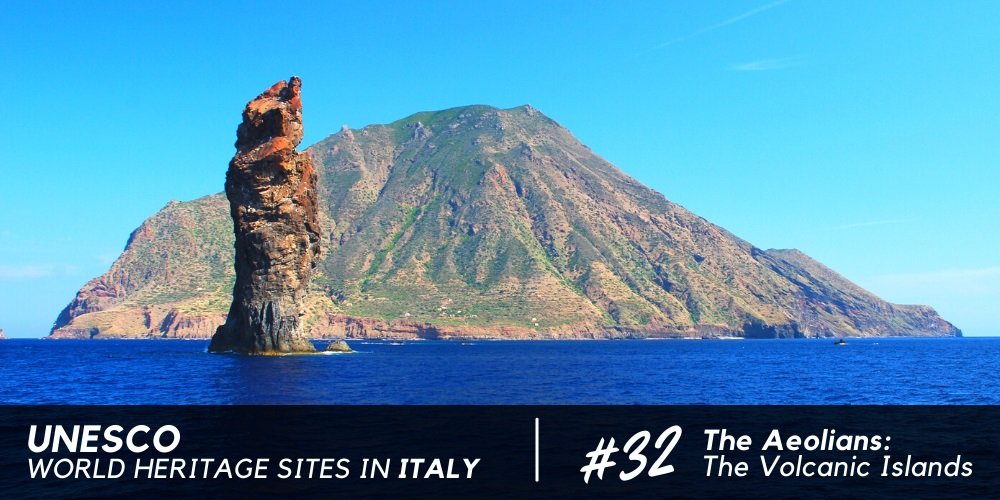
Eleonora Monaco
Unesco has recognized the Aeolian Islands as a world heritage site, not only for their natural beauty characterized by unique flora and fauna but especially for their morphology, shaped over the millennia by the volcanoes and their activity.